

Research activity & Seminar
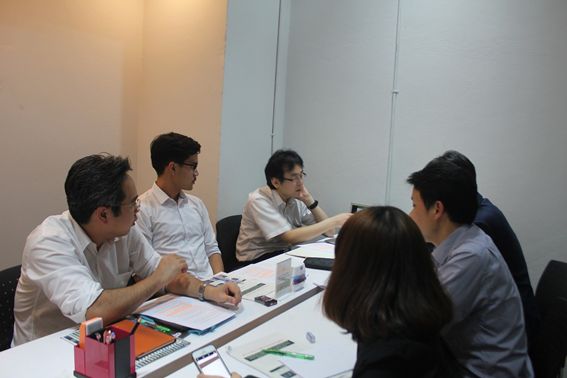
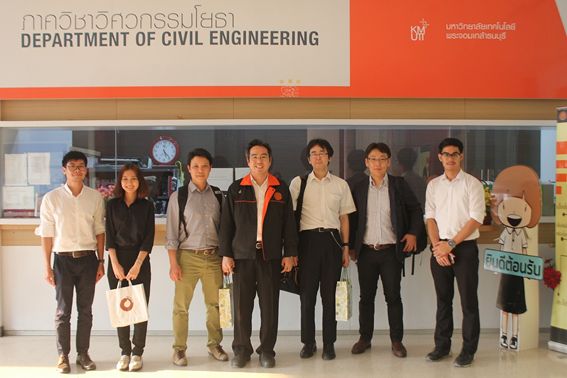 At King Mongkut's University of Technology, Thonburi
At King Mongkut's University of Technology, Thonburi
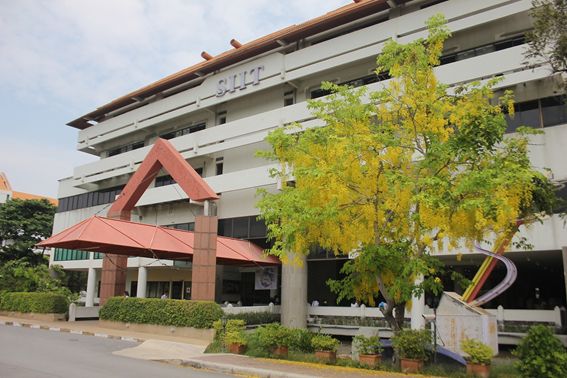
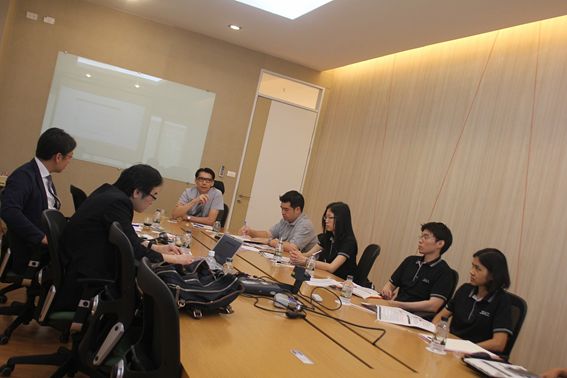 At SIIT
At SIIT
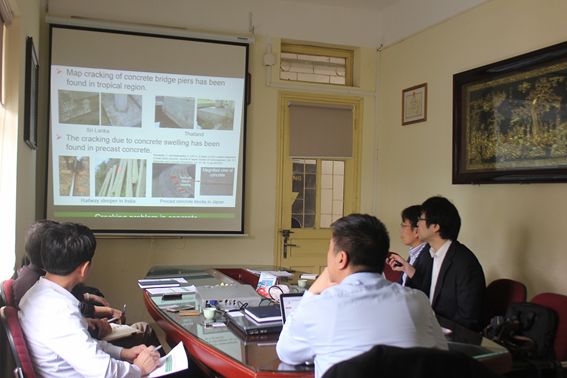
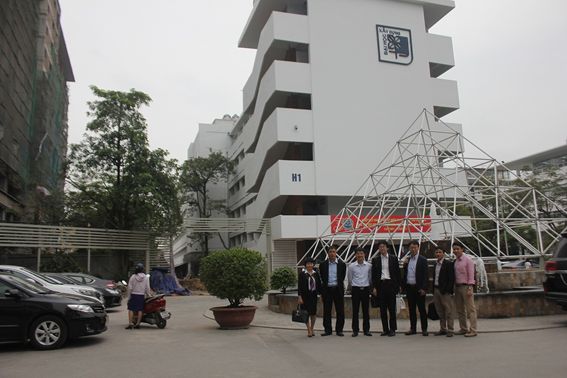
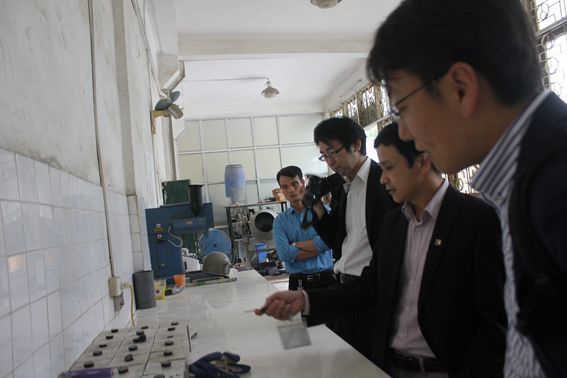
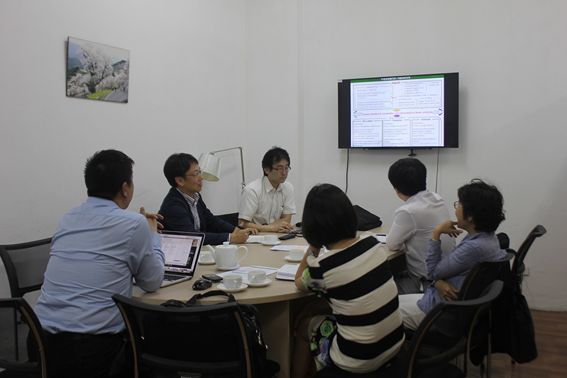 At NUCE
At NUCE
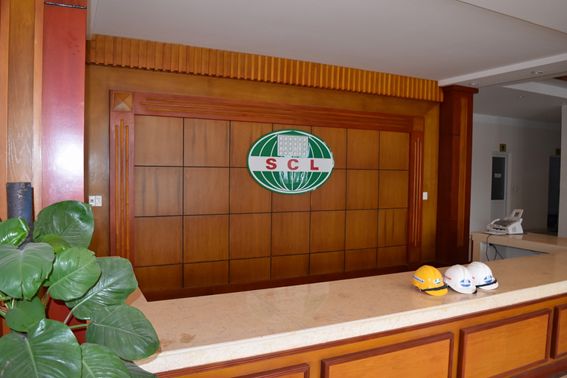
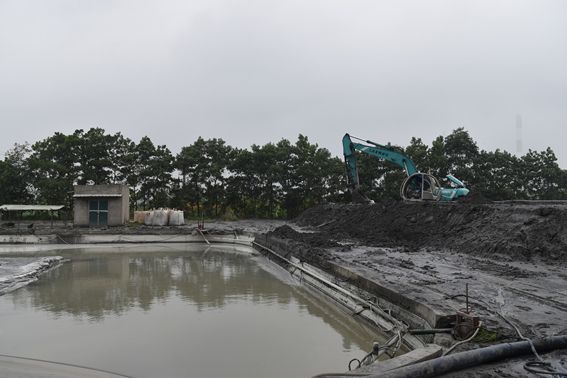
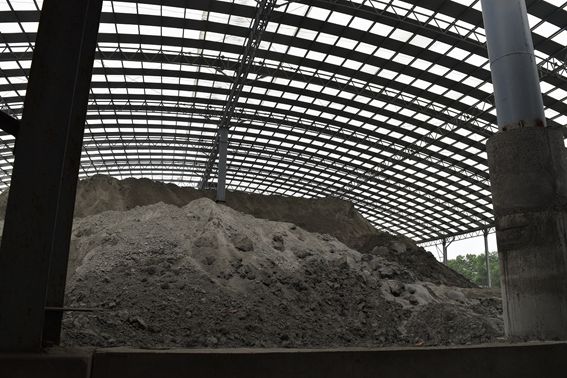 At SongDa CaoCuong Company
At SongDa CaoCuong Company
10/04/2017
Discussion in Thailand & Vietnam
Dr. Asamoto, Dr. Kurashige and Mr. N. T. Lam visited to Thailand to explain core-to-core program and to discuss the issues of hot weather concreting in Thailand and seminar schedule. Firstly, they visited to King Mongkut's University of Technology, Thonburi to discuss with Dr. R. Sahamitmongkol. The inspection of cover depth by Non-Destructive Method in Bangkok will be carried out to study the deterioration of concrete structure. The study to take into account the sun radiation can be collaborative. Finally, the invitation schedule to Japan of Dr. R. Sahamitmongkol and his students were determined.
Then, they moved to Thammasat University SIIT to discuss the seminar schedule at SIIT in September in 2017. The seminar will be carried out on the 19th and 20th in September and Prof. S. Tangtermsirikul agreed to give a keynote on the 19th. In addition, the issues of shrinkage cracking at early ages, the difficulty of curing under strong sun radiation, and high placing temperature were discussed.
Next, Dr. Asamoto, Dr. Kurashige and Mr. N. T. Lam moved to Hanoi in Vietnam to explain core-to-core program and to discuss the issues of hot weather concreting in Vietnam. The quality of construction works in Vietnam is also a big issue, especially initial cracking problem. It was realized that the initial cracking under hot weather can be important research keyword in the project. The map cracking has been also found in Vietnam and DEF may be possible because ASR has not been found in Vietnam. Finally, National University of Civil Engineering agrees to have a seminar in 2018.
Finally, they visited SongDa CaoCuong Company to see fly ash production. The original fly ash has high-unburned carbon content (12-18%) and unstable quality. In order to reduce unburned carbon content in fly ash (<6%), flotation method has been used.








